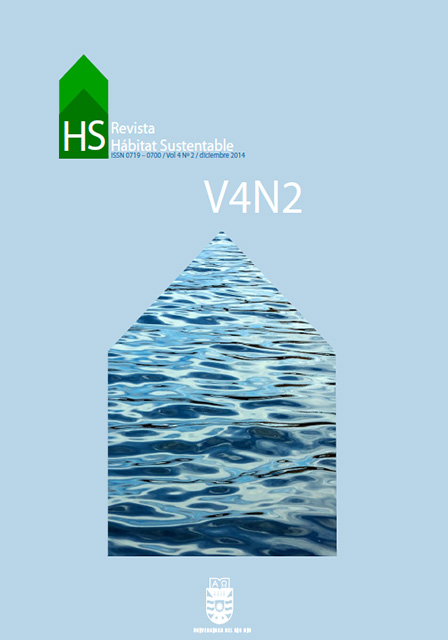Thermal comfort in urban public spaces: Hot and cold semi-arid climate
Keywords:
open public spaces, outdoor thermal comfort, thermal sensation, air temperatureAbstract
The climate conditions in an open public space, an outdoor space, condition the use and length of stay of its users, unlike indoor spaces where habitability conditions can be controlled, thereby isolating human beings from climate variables that affect them. Firstly, this is possible with an architectural envelope created for this purpose, and if the envelope was not designed bioclimatically, there is the alternative of artificial heating and cooling, which provide adequate thermal comfort for the user.
In order to evaluate thermal comfort in open public spaces in the City of Nogales, Sonora, in relation to their seasonal habitability, two cases were selected for study. Perceived thermal sensation was evaluated through subjective surveys of users, which included type of clothing, gender, activity, age, and questions about satisfaction, length of stay, safety and proper use of the site. While interviews were carried out, measurements of the area were taken of certain climate variables, including: air temperature, wind speed, relative humidity, solar radiation and radiant temperature. Survey participants were asked to evaluate their thermal sensation on a seven-point scale from very hot to very cold, based on the ISO Standard 7730:2005 thermal sensation scale.
Once the results were analyzed, the user´s Neutrality Temperature (Tn) or comfort temperature was determined, which could be used to design or adapt existing public spaces in the locality, or in cities with the same or a similar type of climate, in this way contributing to the restoration of coexistence and socialization in open public spaces.
Downloads
Downloads
Published
How to Cite
Issue
Section
License
The content of articles which are published in each edition of Habitat Sustentable, is the exclusive responsibility of the author(s) and does not necessarily represent the thinking or compromise the opinion of University of the Bio-Bio.
The author(s) conserve their copyright and guarantee to the journal, the right of first publication of their work. This will simultaneously be subject to the Creative Commons Recognition License CC BY-SA, which allows others to share-copy, transform or create new materials from this work for non-commercial purposes, as long as they recognize authorship and the first publication in this journal, and its new creations are under a license with the same terms.











 Scientific Information Program/Concurso Fondos de Publicación de Revistas Científicas 2018/ Proyecto Mejoramiento de Visibilidad de Revistas UBB (Código:FP180007).
Scientific Information Program/Concurso Fondos de Publicación de Revistas Científicas 2018/ Proyecto Mejoramiento de Visibilidad de Revistas UBB (Código:FP180007).





